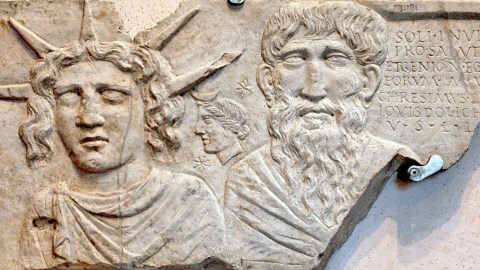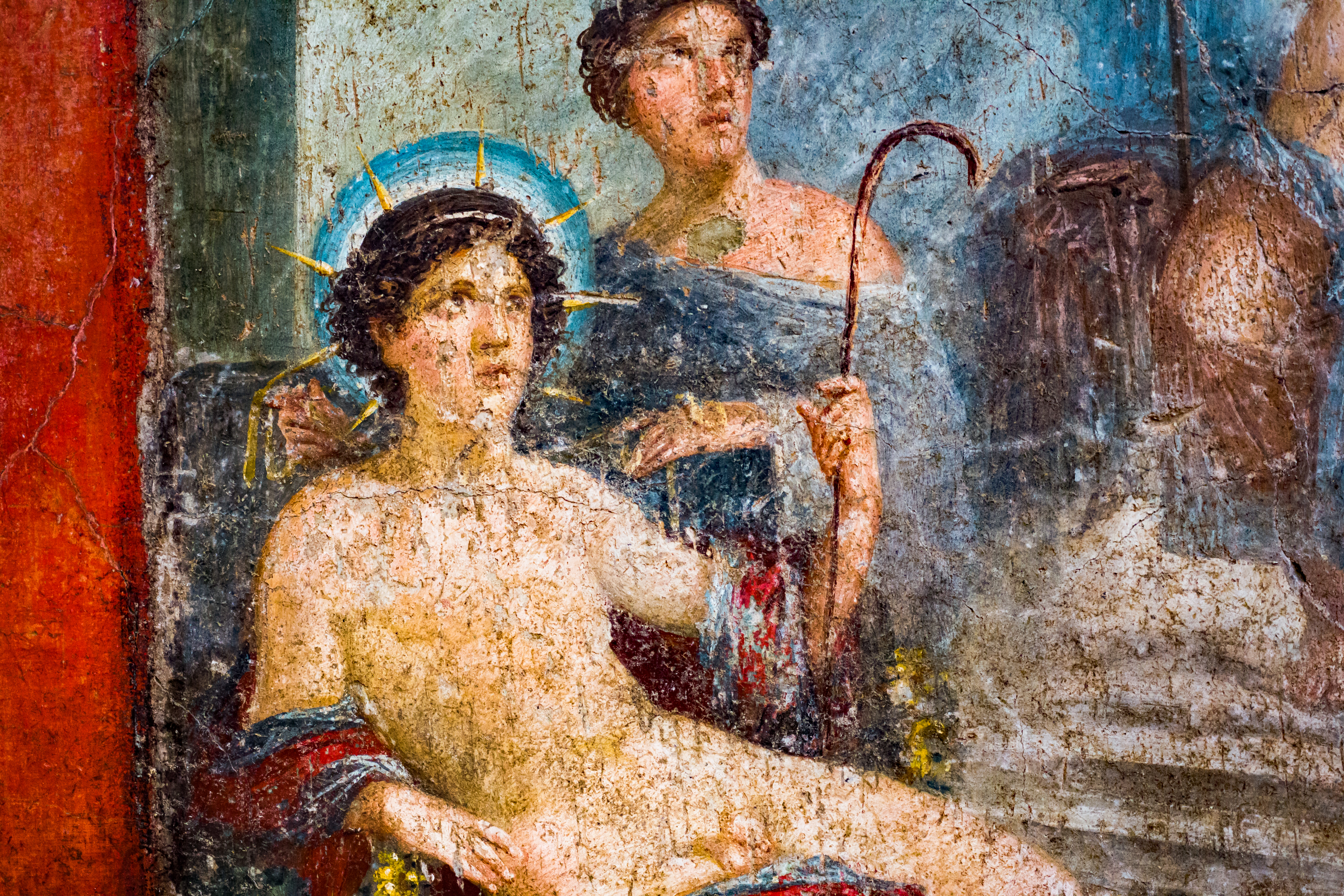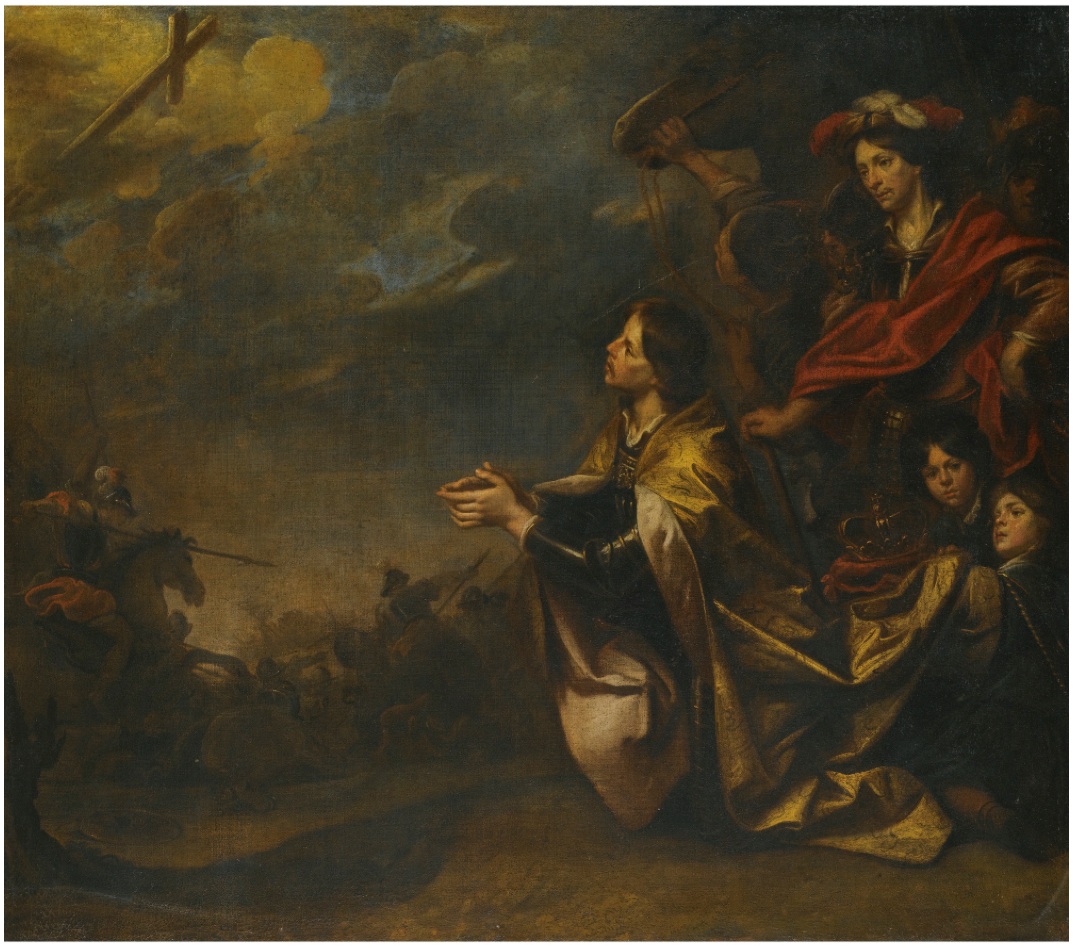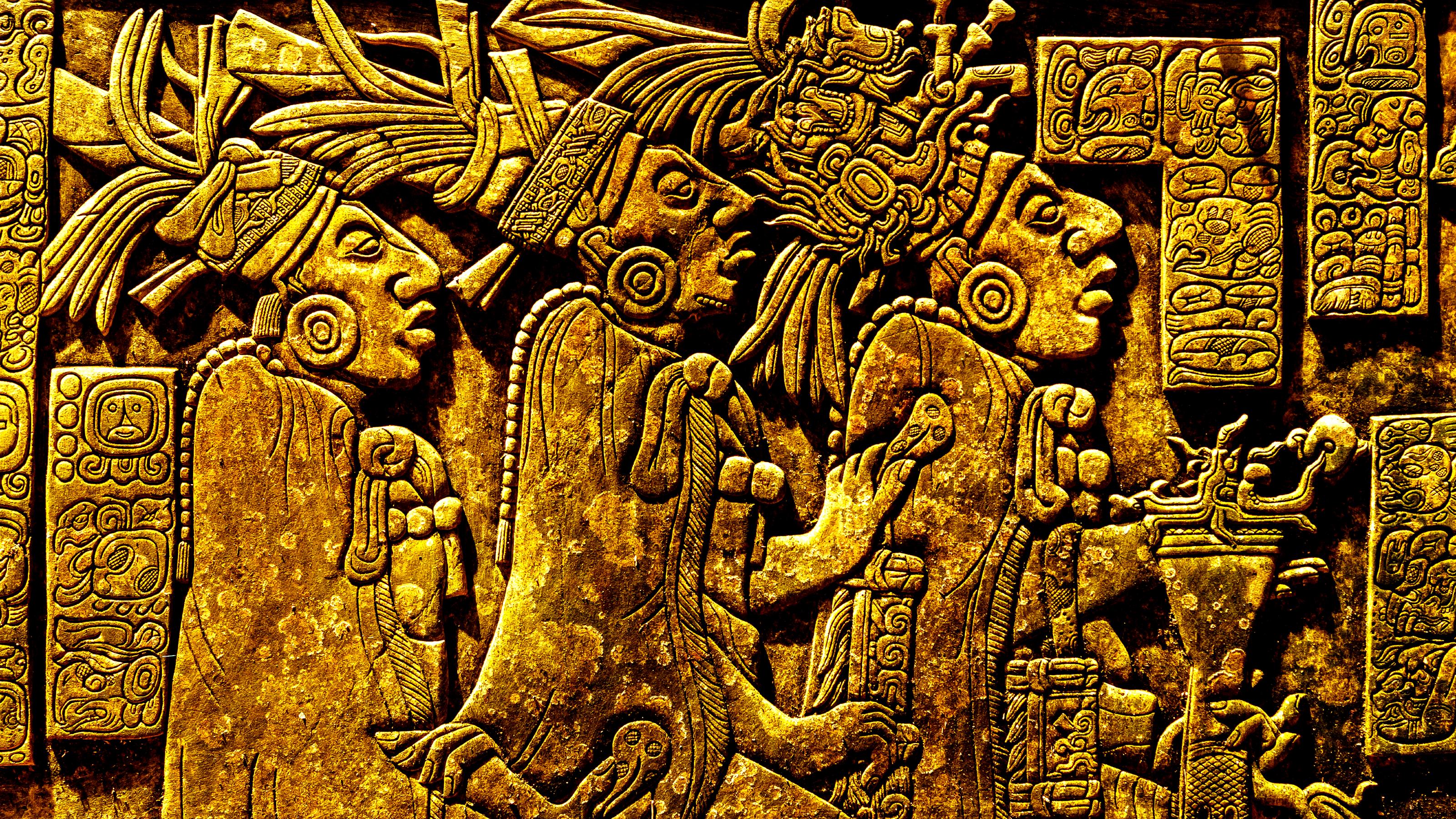Sol Invictus: The pagan Sun god that helped Christianity conquer the Roman Empire

- For centuries, the Romans persecuted Christians who refused to worship the emperor.
- This changed in 312 AD when Constantine had a vision and converted to the Christian faith.
- As the new state religion, Christianity subsumed the framework of the cult of the sun god Sol Invictus.
The crash course version of ancient history holds that the Roman Empire abandoned its old gods after Constantine the Great received a vision during an important military campaign. The night before a pivotal battle against his rival, Maxentius, Constantine was told in a dream to “mark the heavenly sign of God” on his soldiers’ shields to ensure victory. He obeyed and defeated Maxentius. Out of gratitude for the higher power that came to his aid, he turned Christianity from a persecuted sect into the Empire’s official religion.
There might be some truth to this narrative, but in reality, Rome’s transition from polytheism to monotheism was more complicated. Informed by new archeological excavations, modern-day historians credit other, lesser-known cults with paving the way for Christianity’s takeover — a development so drastic that there must have been some preexisting framework for Christianity to latch onto. At the center of this framework, historians argue, is Sol Invictus, a Sabine-Arab Sun god whose role in Roman society was eventually supplanted by Jesus Christ.
The origins of Sol Invictus
Roman history knows two Sols. Worship of the first, Sol Indiges, was limited to the Eternal City itself. A god of agriculture, their first temple — located on the Quirinal Hill — is said to have been built by the Sabine king Tatius, the legendary rival-turned-ally of Rome’s equally legendary founder, Romulus. The cult of Sol Indiges survived into the Republican and early imperial periods. Augustus constructed temples for them. Vespasian converted a giant statue of Nero into the god by adding a crown. Commodus, the son of Marcus Aurelius, added Sol’s name to his own.

As the borders of the Empire expanded, the Eternal City became a melting pot of different cultures. Italian traditions mingled with those of Africa and Asia Minor, and Sol Indiges combined with an eastern Sun deity to become Sol Invictus, the “Unconquered Sun.” During the third century AD, this second Sol gradually evolved from a god into the god of Rome. The emperor Elagabalus, who was raised in Syria, placed every god worshipped within Rome, including Jupiter, under the umbrella of the Sun god — one of many provocations that would anger the Roman elites and eventually led to his assassination at the hands of the Praetorian Guard.
Although the legacy of Elagabalus was erased by his immediate successors, the cult of Sol Invictus bounced back under Aurelian, who reunited the Empire after it split into three sub-empires. Like successful emperors before him, Aurelian fancied himself the instrument and, at times, embodiment of a higher power. In his case: Sol Invictus. While Aurelian’s connection to Sol is unclear — it has been said that his mother was a priestess — the consequences of his connection are apparent. As argued by Gaston Halsberghe and others, Aurelian’s elevation of the cult helped reforge a fractured empire.
Light and fire
The transition from Sol Invictus to Jesus Christ is best documented in archeological finds. In 1953, researchers began digging underneath St. Peter’s Basilica, built under Constantine, in hope of finding its namesake’s tomb. Although they didn’t find St. Peter, they did stumble across the bodies of various pagans and Christians. In particular, one Christian tomb was decorated with a mosaic that portrayed Christ as Sol Invictus encircled by a rayed nimbus and riding a chariot. Identification with the Sun god may also be preserved in Biblical passages describing Christ and God in relation to light and fire.

Even Christmas can be traced back to the cult of Sol. In contrast to the festive Romans, the death-oriented Christians didn’t celebrate birthdays, especially not for gods. “We men gather our vintages, and they think and believe that the gods gather and bring in their grapes,” wrote Arnobius, a Christian apologist from the third century. “We have birthdays, and they affirm that the powers of heaven have birthdays.” Most early Christians didn’t discuss the birth of Christ. Those who did made no reference to the date or offered conflicting dates.
Historians link the advent of Christianity to Sol Invictus partly because December 25 marked the so-called Feast of the Unconquered Sun before it became officially recognized as the birthday of Christ. The cult of Sol originally started holding the Feast on December 25 because it coincided with the winter solstice, the time of year when daylight starts to lengthen again. Theologians settled on the date not just because of the solstice. December 25 was also exactly nine months removed from what they deemed the anniversary of creation, giving the Messiah’s life a regularity befitting of his divine nature.
Rome reborn
Rome’s transition from polytheism to monotheism isn’t about Christianity replacing the cult of Sol Invictus so much as it is about non-Christian Romans accepting Christ as the replacement for the Sun god. Historians still struggle to understand how and why the Empire appropriated a religion it had brutally persecuted for so long. Similarities between the character of Christ and Sol Invictus — such as their mutual association with light and the heavens — constitute one piece of this unsolved puzzle, as does overlap between the practices and rituals of their respective followers.

Some historians place emphasis on the role played by Constantine. Following his vision-verified victory, life became increasingly difficult for subjects who did not follow him into conversion. For example, Constantine’s trust in and promotion of Christians within his bureaucracy made joining the religion a prerequisite for a career in government or the military. As the Empire’s most powerful citizens converted, so did those under their command. Before long, Christianity had spread from Asia Minor to the shores of Spain.
Indicative of Rome’s pluralism, Constantine continued worshipping Sol Invictus even after he converted to Christianity. It was not until 323 AD, more than a decade after he received word from God, that he publicly renounced the Unconquered Sun in favor of the crucified Son. The same year that the Sun disappeared from the emperor’s life, solar symbols disappeared from Roman coins. From this point on, Constantine began donating substantial amounts of capital to the Church and also began showing an active interest in religious affairs. Christianity had become as intertwined with his regime as the cult of Sol was with Aurelian’s.





